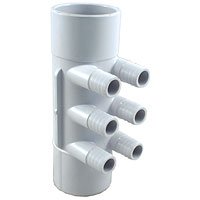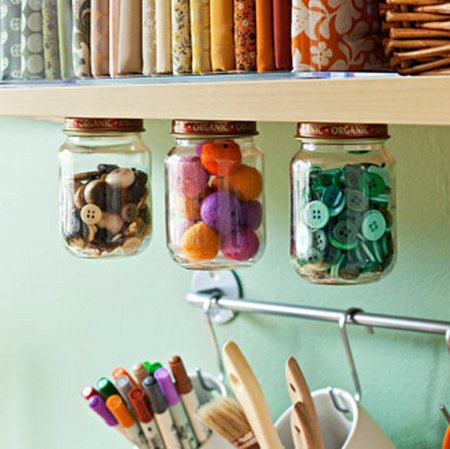diy aquaponics controller
(Update link at bottom)
My venture into aquaponics has been an experiment, and while I have attempted to keep the costs reasonable I have made some poor choices and at times had to compromise practical energy use in order to experiment. But this is what experimentation requires in order to learn.
Below is fairly an accurate assessment of my costs. I used a Kill-A-Watt meter for accurate measurement of each appliance. I have chosen to use $0.30 per KWH because Im so far over baseline electric use. Its really embarrassing.
This spreadsheet is available in Open Office format.

Air stones are also required whether inside or outside. Im using a Hydrofarm 52 Watt 70-LPM Active Aqua Commercial Air Pump. Several smaller pumps may be sufficient, but this one pump supplies all my needs.
Moving water is also a large expense. External pumps are less expensive on a per gallon basis, and with the newly expanded outdoor system I will be upgrading to a larger external pump as indicated in the spread sheet.
So far my systems have all relied upon a constant flow of water. I am not fond of Ebb & Flow systems and have no plan to switch over, but an Ebb & Flow system where the pumps are run intermittently to save energy may be the only way to cut this expense for some. My plan is to expand my systems to the point that production out paces the cost of pumping water.
I have also learned that buried tanks are only somewhat helpful in stablizing the temperatures.
For example,our weather has consistently ranged from 66F and night to 100F during the day for about a week, and has been near that for even longer.
My 10 x 3 1600 gallon above ground pool is 75F
My 1300 gallon fish pond with a 3x7 above ground bio-filter is 72F
My IBC system uses 3 - 275 gallon IBCs. The sump tank is buried and the fish tank is not. The last IBC is cut in half, and serves as two above ground grow beds. The temperature is 75F
My climate controlled indoor system is kept between 70F and 85F. The water is 75F.
I have measured my pond during the winter at 58F, but this year I will keep better records of all these systems. Last winter I supplemented the heat in the indoor system about 4 hours per day using a 1250W inline electric heater.
These costs can only be justified if the systems were to produce thousands of dollars worth of food.
My assessment is that large scale commercial systems may be able to break even or better, but small backyard aquaponic enthusiasts with 100 sq ft of grow bed are going to face lower returns while still incurring many of the same costs.
Green house gardening with supplemental light during the winters short day light is expensive, and demands that the green house be built with plenty of insulation. My indoor system is proof that maintaining temperature in an insulated green house is feasible. But the added cost of moving air and supplementing the light adds a significant expense which may only be justified in a commercial system where year round product is expected by the clients. To be fair I recently read of a commercial system where 30,000 lettuce were grown in a 500 sq ft indoor room under artificial lights. No financial records were available.
In conclusion barring the many other disastrous things that can go wrong in artificial systems, it seems
outdoor farming is the least expensive, and may be the only economical option for backyard aquaponists. Living in a temperate climate, and raising high demand crops, and fish appropriate to the local climate on a scale that offsets the base expenses could also help make an aquaponic venture economic feasibility. But amortizing the cost of building, and maintaining the system has not even been address in this study. Also solar heating and photovoltaic system integration may help improve the economy, but so far I have not incorporated this into my systems.
The bottom line is that its either a fun hobby with expenses that will in all likelihood never find a return beyond the pure enjoyment of producing food and overcoming the many problems involved, or a high risk business venture.
 |
| Indoor System |
 |
| Outdoor IBC System |
 |
| Im happy to say my energy efforts have begun to work! |
UPDATE: This is an idea I have for an outdoor system that will consume only 1.2KWH per day!

Do you find information about diy aquaponics controller are you looking for? If not, below may help you find more information about the diy aquaponics controller. Thank you for visiting, have a great day.
































